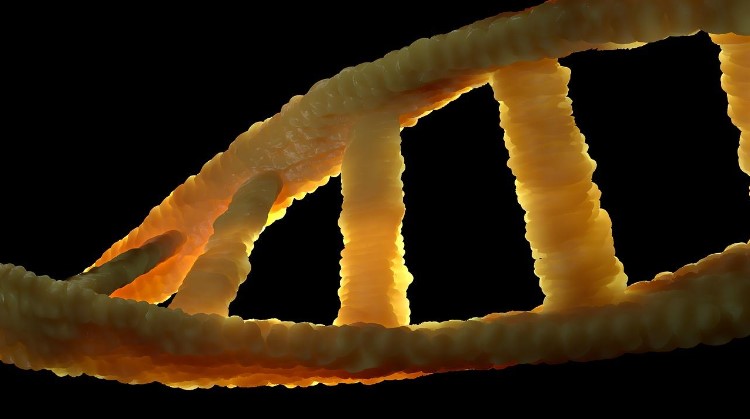
Tendons, the tough, flexible bands of tissue connecting your muscles to your bones, are critical for movement. When these structures become damaged due to strain, overuse, or injury, the result can be significant pain and disability. Fortunately, there are several strategies that can support and speed up the healing process. Here are seven methods to consider:
Rest and Protect the Area: The first step in healing a tendon injury is to rest the affected area. This might mean reducing your activity level or using a brace to protect the tendon from further harm. In some cases, complete immobilization may be necessary. Your healthcare provider will provide the best guidance based on the severity of your injury.
Apply Ice: Icing the affected area can help reduce inflammation and relieve pain. Use an ice pack wrapped in a cloth to prevent direct skin contact and apply it for 15-20 minutes at a time. Do this several times a day during the initial stages of injury.
Research Peptides
Studies conducted on rats have demonstrated that BPC-157 has the capacity to counteract specific oxidative stress indicators such as nitric oxide and malondialadehyde (MDA), thereby underlining its potent antioxidant characteristics. The antioxidant role https://www.peptidesciences.com/bpc-157-5mg is further corroborated by studies indicating its ability to diminish the generation of reactive oxygen species within the gastrointestinal tract. Investigations into the possibility of using genetically modified lactococcus lactis bacteria to transport BPC-157 into the gastrointestinal system have suggested that these bacteria can significantly enhance the concentration of the peptide in cell cultures.
Physical Therapy: Engaging in a physical therapy regimen can help strengthen the muscles around the injured tendon, providing support and reducing the likelihood of re-injury. A skilled physical therapist can guide you through exercises appropriate for your specific injury and stage of recovery.
Controlled Mobilization: Once the initial inflammation has subsided, gently moving the injured area can help prevent stiffness and promote healing. This should be done under the guidance of a healthcare provider or physical therapist to avoid causing further damage.
Anti-Inflammatory Diet: Eating a diet rich in anti-inflammatory foods, like leafy greens, fatty fish, and berries, can help support your body’s healing process. Likewise, try to avoid foods that promote inflammation, such as processed meats, fried foods, and sugary drinks.
Adequate Hydration: Water is crucial for maintaining healthy tissues, including tendons. It helps deliver nutrients to the injured area and flush away waste products, aiding in the healing process. Aim for at least eight cups of water a day, more if you are active or live in a hot climate.
Pain Management: Over-the-counter nonsteroidal anti-inflammatory drugs (NSAIDs) can help manage pain and reduce inflammation. However, long-term use can have side effects and should be done under the guidance of a healthcare provider. Alternative pain management methods, like acupuncture or massage, can also be beneficial and may be worth exploring.
Remember that healing from a tendon injury is not a linear process, and patience is key. Overdoing it can lead to further damage and prolong your recovery. Follow your healthcare provider’s instructions and listen to your body’s cues. If pain or swelling increases, it’s a sign you need to rest and possibly seek medical advice.
Furthermore, while these strategies can aid in speeding up tendon healing, it’s equally important to take preventative measures. Regular physical activity, balanced nutrition, and proper ergonomics in your daily activities can go a long way in maintaining the health of your tendons and preventing injuries.
Tendon healing requires time, proper care, and professional guidance. By implementing these seven strategies, you can support your body’s healing process and return to your regular activities in a healthier, pain-free manner. If your symptoms persist or worsen, seek immediate medical attention. Always prioritize your health and wellbeing.








